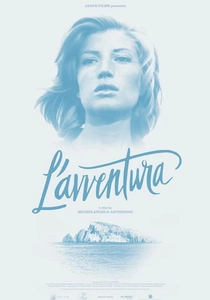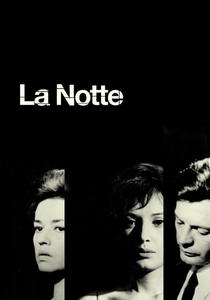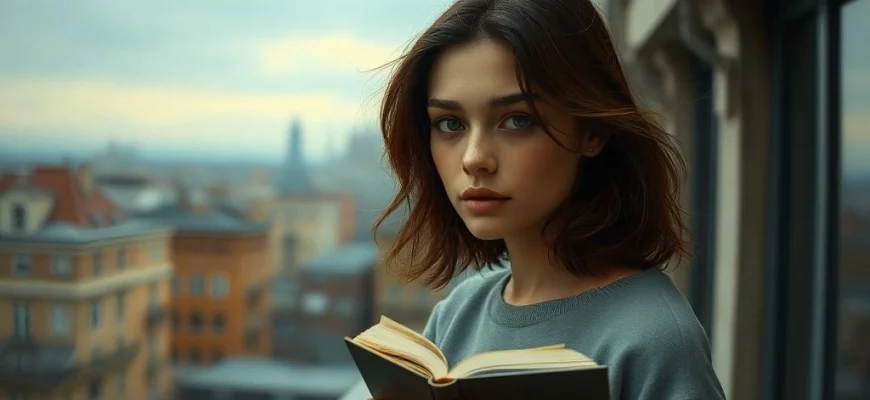If you were captivated by the poetic realism and existential depth of 'Vivre Sa Vie' (1962), you'll love these 10 similar films and shows. This article explores works that share its introspective storytelling, striking visuals, and themes of freedom and identity, perfect for fans of French New Wave cinema.

The 400 Blows (1959)
Description: A poignant coming-of-age story that delves into themes of youth, rebellion, and societal neglect, presented with a deeply personal and semi-autobiographical touch.
Fact: The film's iconic final freeze-frame shot was improvised on set. It was the first in a series of films following the character Antoine Doinel.
 Watch Now
Watch Now 
Breathless (1960)
Description: A groundbreaking film that revolutionized cinema with its innovative use of jump cuts and naturalistic dialogue, capturing the essence of urban alienation and existential themes.
Fact: The film was shot on a shoestring budget with a handheld camera, giving it a raw and spontaneous feel. It was heavily influenced by American B-movies and noir films.
 Watch Now
Watch Now 
L'Avventura (1960)
Description: A haunting and enigmatic film that redefines narrative expectations, focusing on the existential void and the elusive nature of human connections.
Fact: The film's unconventional structure and unresolved mystery caused a scandal at Cannes but later won critical acclaim. It was shot on location in the Aeolian Islands.
 Watch Now
Watch Now 
La Notte (1961)
Description: A meditative and visually striking film that dissects the emptiness of modern relationships and the search for meaning in a bourgeois world.
Fact: The film was shot in Milan and features real locations to enhance its realism. It is part of a thematic trilogy exploring alienation and modernity.
 Watch Now
Watch Now 
Last Year at Marienbad (1961)
Description: A surreal and dreamlike exploration of memory, time, and desire, presented through a labyrinthine narrative and striking visual compositions.
Fact: The film's ambiguous storyline has sparked countless interpretations. Its elaborate set design was inspired by baroque architecture and gardens.
 Watch Now
Watch Now 
Jules and Jim (1962)
Description: A complex exploration of love, friendship, and freedom, told through a dynamic and unconventional narrative structure that challenges traditional storytelling.
Fact: The film's innovative use of voice-over narration and rapid editing techniques was highly influential. It features one of the most famous tracking shots in cinema history.
 Watch Now
Watch Now 
Cléo from 5 to 7 (1962)
Description: A real-time narrative that captures the inner life of its protagonist, blending documentary-like realism with poetic introspection and feminist undertones.
Fact: The film is structured in real time, with each minute of screen time corresponding to a minute in the story. It features a cameo by Jean-Luc Godard.
 Watch Now
Watch Now 
The Umbrellas of Cherbourg (1964)
Description: A visually stunning and emotionally resonant musical that blends everyday life with operatic grandeur, exploring love and loss through its unique sung dialogue.
Fact: The film's entire dialogue is sung, making it one of the first musicals without spoken words. Its vibrant color palette was achieved through meticulous set design.
 Watch Now
Watch Now 
Pierrot le Fou (1965)
Description: A vibrant and chaotic tale of love and crime, blending pop art aesthetics with philosophical musings on modern life and identity.
Fact: The film's colorful visuals were inspired by comic books and advertisements. It was initially met with mixed reviews but is now considered a classic.
 Watch Now
Watch Now 
My Night at Maud's (1969)
Description: A cerebral and dialogue-driven film that examines moral dilemmas, chance encounters, and the complexities of human relationships with a quiet intensity.
Fact: The film is part of a series known as the 'Moral Tales,' each exploring ethical questions. It was shot in black and white to emphasize its philosophical tone.
 Watch Now
Watch Now 








